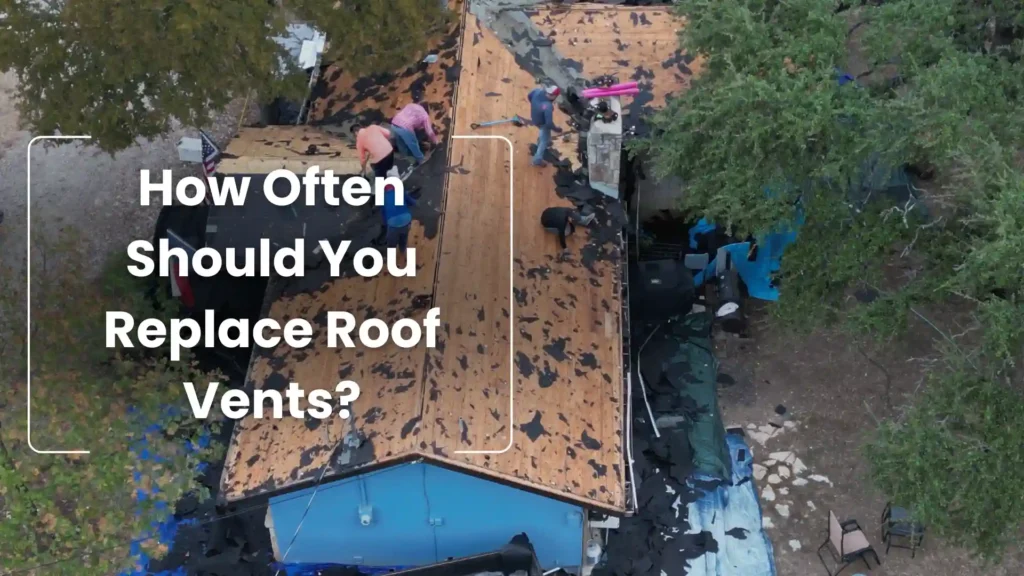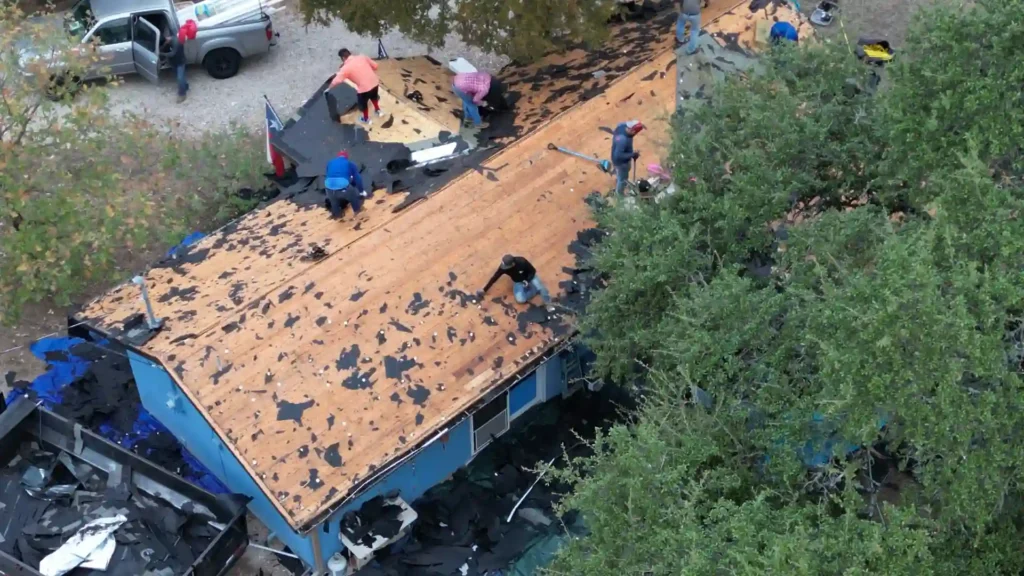How Often Should You Replace Roof Vents?


You see them sticking up from the top of your roof, but how often do you think about your roof vents? Roof vents are crucial in regulating your attic’s temperature and moisture levels. Like any other part of your home’s roofing system, roof vents can wear out or become damaged over time. Unfortunately, these underrated roofing materials get overlooked and can cause problems when not properly maintained or replaced.
Knowing when to replace your roof vents is key to preventing problems like mold, leaks, or rising energy bills. Learning how often you should replace roof vents, what signs to look for, and how proper vent maintenance can protect your home year-round.
Why Roof Vents Matter
Roof vents are small but critical for maintaining a safe and long-lasting roof. They allow hot, humid air to escape from your attic. These small outlets also help regulate indoor temperatures, protect roofing materials, and prevent moisture buildup. During hot Texas summers, vents free trapped heat in the attic, helping to reduce your HVAC system’s workload and energy consumption by preventing heat buildup. Roof vents play a vital role in making your home more energy efficient and reducing your energy bills.
Vents also help draw moist air out of the attic. Without proper ventilation, your attic can become a breeding ground for mold and mildew. These growths can damage insulation and shorten your roof’s lifespan. Mold and rot can also cause structural damage to your roof and home, in addition to health and breathing problems. Properly installed and maintained vents improve indoor air quality and keep your family safe.
Vents also help prevent ice dams in winter. In winter, Poor ventilation can lead to ice dams, or ridges of ice that form on the roof’s edge. Ice dams can lead to leaks, water damage, and degradation of roofing materials.
Signs It’s Time to Replace Your Roof Vents
Vents are a small and innocuous-looking component of your roof. Damage to these materials is not always as obvious as damaged shingles or other materials. Identifying whether these overlooked roofing components are damaged or need replacing can be challenging. Texas homeowners should look for these crucial signs that indicate it’s time for a vent replacement.
Visible Damage
The most apparent sign that it is time to replace roof vents is visible damage. Look for cracks, broken, or rusted vents that allow water, pests, and debris into your home or attic.
Leaks or Water Stains
Improperly functioning or broken vents can allow water to seep into your home. Additionally, failing vent seals can lead to moisture buildup and leaks, which are signs that it is time for a replacement.
Unwanted Pests
Damaged or broken vents can provide an entry point for pests like insects and rodents. If you notice bugs in your home or see signs of a rat infestation, such as droppings, damage to insulation, or teeth marks on wires or wood, it’s time to check your vents.
Poor Airflow
If your attic feels hot or stuffy, it may be time to replace the roof vents. Poor airflow is a sign that the vents may not be working correctly. A musty smell in the attic is another sign that the vents may not allow hot, moist air to escape.
Age and Wear and Tear
All roofing materials have an average lifespan. If your roof is older, it may be time to inspect and replace vents. Normal wear and tear can also affect the efficiency of vents.
Increased Energy Bills
If you notice an unexpected or unexplained increase in your energy bills, poor ventilation caused by damaged vents may be the culprit. Poor ventilation forces your HVAC system to work harder, often reflected in rising utility costs.
How Often Should Roof Vents Be Replaced?

The average lifespan of a roof vent is between 15 and 30 years. However, factors like the type of material, weather exposure, and roof maintenance can affect longevity and performance. Metal vents can corrode or loosen over time. Homeowners should also check for signs of rust, corrosion, and cracks when performing regular roofing maintenance. Plastic vents are more susceptible to UV exposure and temperature fluctuations. While long-lasting, Texas homeowners in hot climates should regularly monitor plastic vents for cracks and signs of damage. Storm damage can accelerate wear on roofing vents. Homeowners should inspect their roof, including vents, after significant weather events.
Below are the expected lifespans of the most common types of roofing vents.
Turbine Vents
Turbine vents use wind power to help exhaust hot air and moisture from an attic. The wind spins these vents, and the rotation helps create a suction effect, sucking hot air out of the attic. These durable vents are typically metal and can last around 25 years.
Box Vents
A box vent resembles a plastic square protruding from the roof’s top. It has no moving parts and has a lifespan of around 10 to 20 years. Harsh climates can reduce this lifespan to five to ten years.
Ridge Vents
Ridge vents are installed along the top ridge or peak of a roof. Made of aluminum or galvanized steel, they can last 20 to 30 years.
Soffit Vents
A soffit vent is located on the exposed underside of a roof, like an overhang where the roof’s edge meets an exterior wall. Wooden soffit vents can last ten to twenty years, while vinyl or aluminum vents can last 25 to 30 years.
Protect Your Home with Help from the Austin RoofsOnly.com Team
Vents are small but mighty parts of your home’s roofing system. The expert roofing contractors at RoofsOnly.com want to help you protect your home by ensuring your ventilation system is at its peak. We can inspect your roof and vents, look for signs of damage, and replace materials quickly and efficiently. Quality craftsmanship and exceptional customer service are our hallmarks.
Need your vents inspected? Contact our team now and ask to schedule your free inspection.
